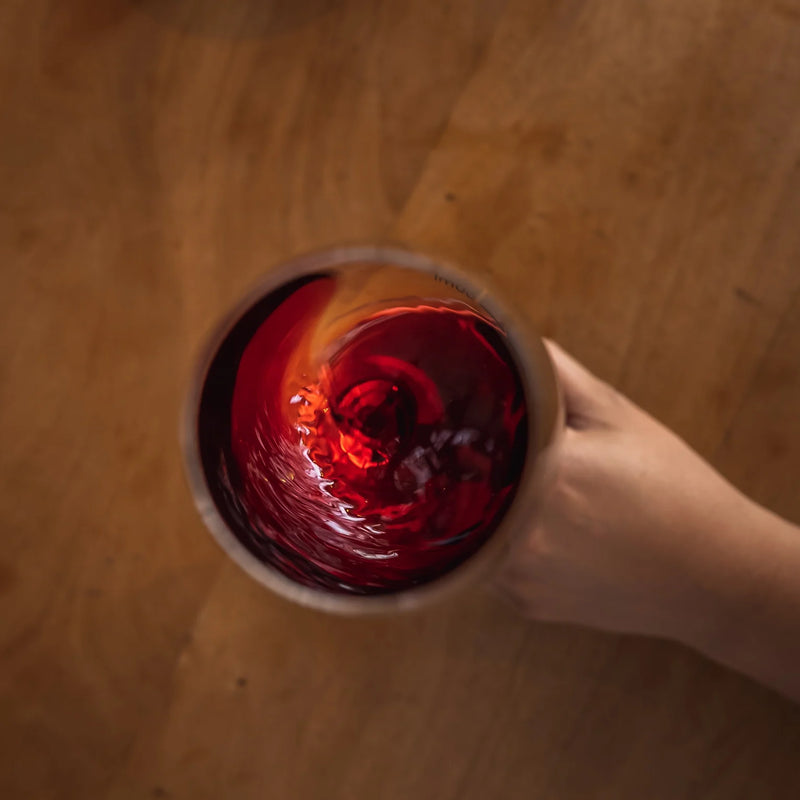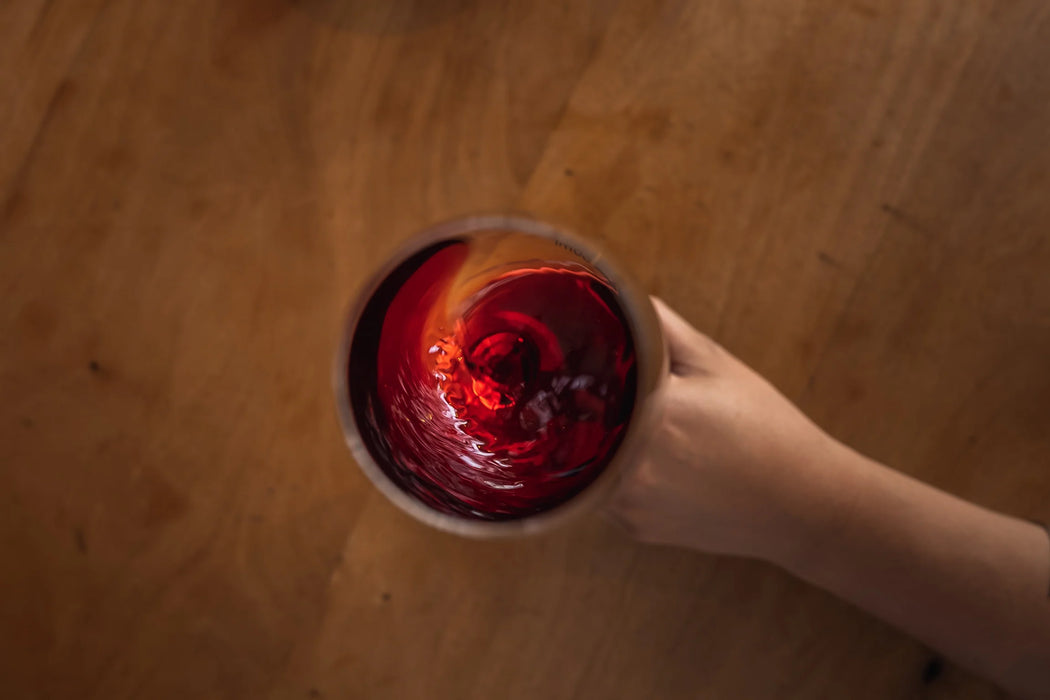
Moscato
muh-ska-to
Parents & Origin: Muscat grape (Piedmont, Italy) Grape: Various mutations from light to dark Flavors: Nectarine, peach, orange, grape Notable Regions: Italy, France, Spain, California, Australia, South Africa Sweetness: Sweet Body: Light Tannins: None Acidity: Medium-low ABV: 5-12%


The History of Moscato
Muscat grapes have a long history - they have been in existence since antiquity and were first mentioned by name in the 13th century. These grapes, prized for their sweetness, are still often eaten as a table grape or even made into raisins. However, a few varieties of Muscat are best known as Moscato, a floral and sweet white wine.
The traditional Italian Moscato, known as Moscato d’Asti, originated in the Piedmont region from a variety called Muscat blanc à Petits Grains. This type of Moscato is usually very low in alcohol and is slightly fizzy, establishing it as a dessert or aperitif wine. However, as the Muscat grape saw expanded consumption worldwide, different varieties of Moscato began to emerge.

One grape variety called Muscat of Alexandria became extremely popular in California, South Africa, and Australia. Muscat of Alexandria is typically used to produce wines labeled “Moscato” in the United States.
Today, Moscato has seen increased popularity as an affordable wine with an enjoyable flavor, and it is now often sold in anonymous blends in large jugs. Moscato is the fastest-growing wine in terms of popularity in the United States, growing at an average rate of 25 percent per year. Still, despite Moscato’s light taste and low cost, it can play an important role in a wine enthusiast’s collection, especially as a dessert wine or aperitif.
Interesting Fact: Moscato’s sudden rise in popularity has been reflected in the hip-hop industry, having been mentioned in songs by artists such as Drake and Lil Kim. Some even credit the genre’s focus on Moscato with the wine’s booming sales.

Moscato Food Pairings
Moscato is traditionally sipped alone or with a light dessert, but its characteristics as a sweet and light white wine offer a variety of food pairings.
The Best Moscato Food Pairings
Naturally, Moscato pairs exceptionally well with any dessert. Its crisp, light flavor and low alcohol content can also stand up to spicy foods. Salty foods, such as cured meat or strong cheeses, are known to pair well with Moscato.
Food Pairings to Avoid with Moscato
While Moscato will taste great no matter the meal, it is often difficult to pair with any main course due to its sweet fruity essence. This is especially true of fatty meats and heavy, rich dishes. Stick to appetizers, desserts, or sweet brunch dishes to ensure a successful Moscato pairing.

Moscato Tasting Notes

Moscato’s flavor is generally straightforward and accessible, though it often comes with a powerful scent known as the “Muscat aroma” due to high amounts of an aromatic compound called linalool. As for the taste itself, the most common varieties, which are unaged and young, typically exhibit a strong “grape” flavor and a prominent floral aroma. Prevailing flavor notes include nectarine, orange blossom, and peach. It is also important to serve Moscato chilled, as this softens its sweetness and enhances the fruit flavors.

Moscato's Sweet Flavors
Above all, Moscato is known for its sweetness, which for centuries has established it as a popular wine for desserts and for sipping by itself. This sweetness comes from the Muscat grape, which contains considerably more sugar than most other grapes used in winemaking. This results in a final product with more remaining sugar but less acidity, rounding out the wine into something light, aromatic, and delicious.
Varieties of Moscato
The impressive diversity of Muscat grapes ensures a wide variety of wines, all of which have different tasting experiences:
- Moscato d’Asti - This traditional variety is sparkling and especially light in taste, with a more pronounced grape flavor than other types.
- Moscato Rosa - Similar to Moscato d’Asti, but with a ruby red color and more notes of spice and berry.
- Moscato Giallo - This golden-colored Moscato is grown in cooler climates, resulting in a drier and spicier flavor profile.
- Moscato di Pantelleria - Produced from Muscat of Alexandria grapes, this regional Italian wine has more of an apricot flavor.

Moscato in a Nutshell
Moscato is a divisive wine, often lauded for its fruity sweetness or derided as cheap and unsophisticated. However, Moscato is a complex wine with several diverse varieties and flavors, and consumers are starting to catch on, given the wine’s impressive growth in popularity in recent years. A good Moscato can be essential to a wine enthusiast’s collection, whether served alongside spicy food, as a light aperitif, or as a floral dessert accompaniment.
Ready to learn more? Don't forget to check out our other wine guides:
Red Wine GuideSparkling Wine Guide
White Wine Guide
Rosé Wine Guide
Dessert Wine Guide
Related Wines
- Buy Abbazia Moscato Dolce Wine Online
- 2021 El Bochorno Tempranillo wine review
- Discover 2022 Rotondo Frappato Wine
- Buy 2023 Muchas Manos Red Blend Wine Online
- Buy 2019 Murviedro Reserva Red Blend Wine





